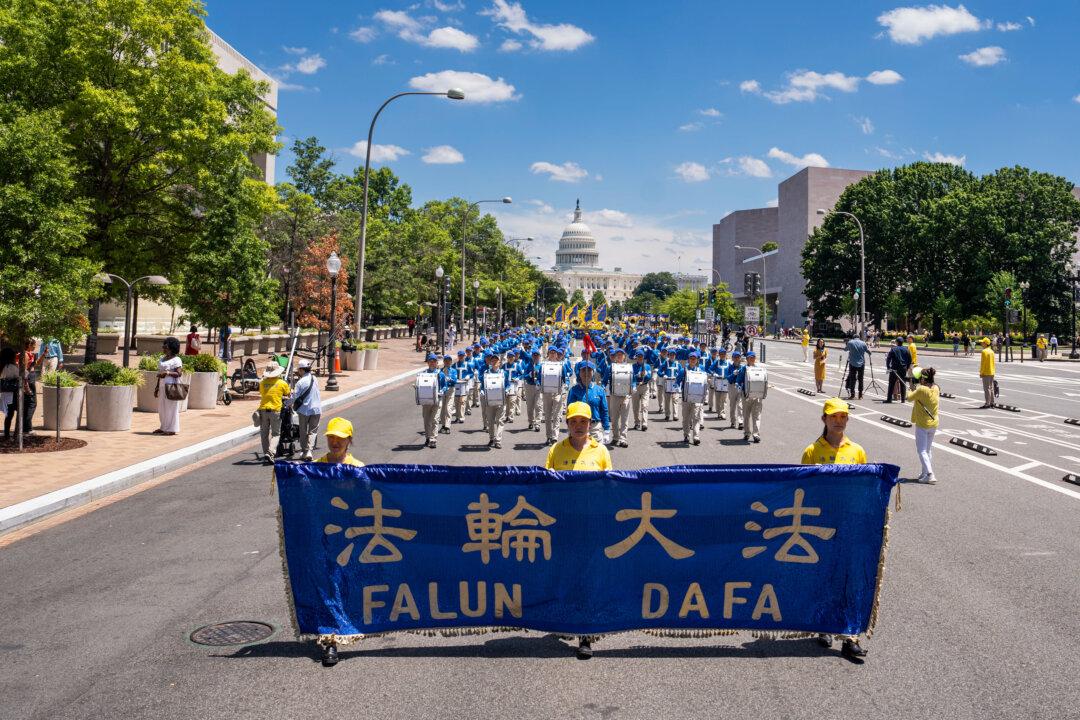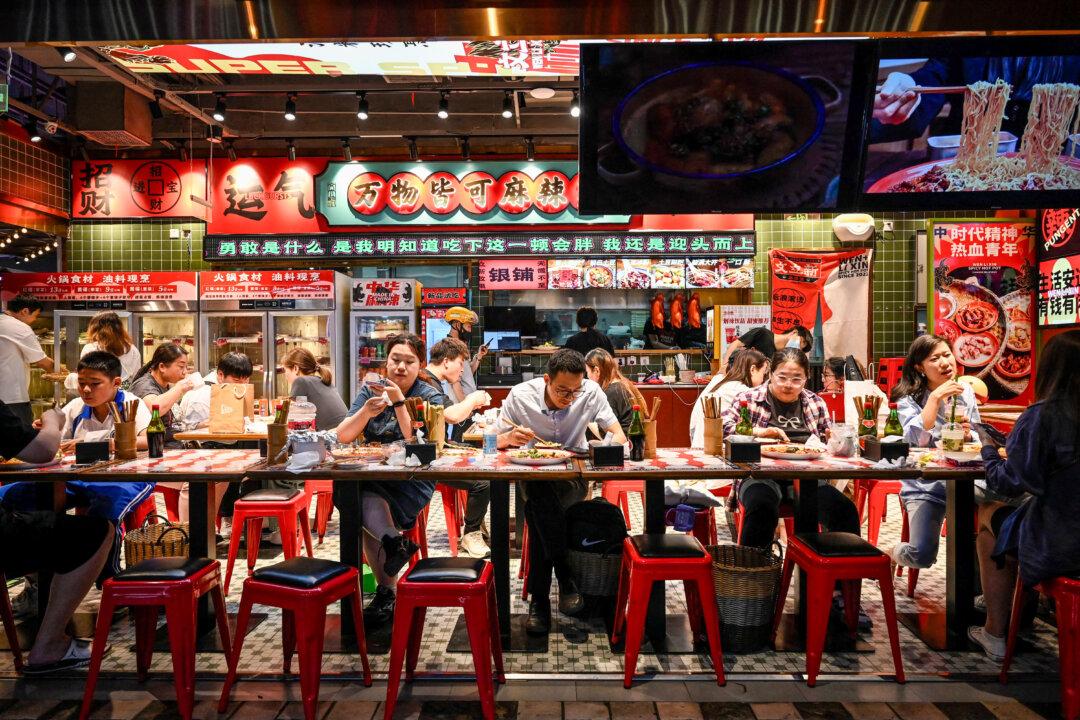China has not punished a single official for concealing or underreporting the CCP virus when it first broke out in December last year. However, in the past four months, when there was a resurgence of the virus, local officials were fired.
The deputy head of Fengtai District was fired when Beijing had a new outbreak linked to Xinfadi market in June, and a grassroots official in Wuhan lost his job when six new cases emerged in a residential complex in May.
Officials in all provinces and cities only reported “imported cases.” That is, all the new cases in their daily reports are classified as imported from foreign countries. 99 percent of Chinese cities claim to have maintained a record of zero new domestic cases for months.
Patient Tests Positive After Spending 28 Days in China
A new “imported” case reported by Nanjing city, Jiangsu Province on Sept. 10 appeared to be suspect.A 19-year-old man, surnamed Zhou, came back to Jianye District of Nanjing from the United States on Aug. 11 and went through a 14 day quarantine. He tested negative two times during the 14 days and went home on Aug. 25.
As Jiangsu Province set a strict guideline to track overseas returnees, he took a third test on Sept. 1 (21 days after arrival), and the result was again negative. But seven days later, his fourth test on Sept. 8 (28 days after arrival) came out positive, and was confirmed by a fifth test on Sept. 9.
There are two explanations for these test results.
First, Zhou’s case demonstrates that China’s test kits have an extremely high error rate.
Second, he contracted the virus in Nanjing between Sept. 1 and Sept. 8, from an unknown domestic virus carrier, as a result of community spread.
The city’s authorities chose to report him as an imported case, without providing any explanation for why he tested negative in the first 21 days. If they attribute the anomaly to the low accuracy rate of the test kits, it’s like saying that there could be many other returnees out there who are virus carriers but have tested negative, which would cause people to panic.
The authorities also quarantined more than 7,000 people who allegedly had contact with Zhou.
Some Chinese netizens calculate that based on the authorities’ claim, Zhou contacted 500 people every day from Aug. 25 to Sept. 8 after he was released from quarantine.
A Similar ‘Imported’ Case in Deyang City
Similarly, Sichuan Province reported an “imported” case on Sept. 19. The patient tested negative five times in the first 20 days, but tested positive on the 27th day.This patient, a 48-year-old male, flew into Shenzhen, Guangdong Province from Russia on Aug. 22, and went through a 20-day quarantine until Sept. 12. His five test results were all negative from Aug. 26 to Sept 11.
On Sept. 12, he flew from Shenzhen to his home city via a domestic flight, and carpooled to get home.
He was tested by the local epidemic control team on Sept. 18, four weeks after arriving in China, and the result was positive. He was identified as an asymptomatic virus carrier who imported the virus from Russia.
The Catastrophic Consequences of Scapegoating
Many Chinese netizens expressed worries that the dishonesty of the Chinese officials would sooner or later lead to a catastrophic outbreak.If officials hide all the domestic cases and only report imported cases, on the days when there are no imported cases, they won’t have any reason to place the close contacts of domestic cases under quarantine or medical observation. Therefore, such people are freely mingling and pose a danger to everyone they come in contact with, they said.
Moreover, locals will let down their guard because the city’s pandemic reports say there are no domestic cases.
“How is it possible that there are zero domestic cases when the same virus is spreading like wildfire in foreign countries?” a netizen who is a Ph.D. student at Peking University asked.
The recent outbreak in Ruili city in southwestern Yunnan Province might be a case in point.
Ruili is a small city bordering Burma, with a population of approximately 300,000, and its main industries are foreign trade and tourism. It is well-known for its jewelry wholesale market, as a large number of residents engage in selling and processing jade imported from Burma.
Chinese authorities locked down Ruili on Sept. 14, after the city reported two new cases of the CCP virus. Local officials claimed that there had been no domestic cases of CCP virus infections for months and the two cases confirmed on Sept. 13 were “imported” from Burma, as the patients had returned to Ruili by illegally crossing the Burma-Yunnan border.
Yunnan News reported that Deputy Governor Ruan Chengfa inspected Ruili’s makeshift hospital, known in China as a “fangcang” hospital, on Sept. 14. Fangcang hospitals are used to isolate patients exhibiting only mild symptoms; they are not set up for treatment. Based on photos of the hospital provided by Yunnan News, it can house hundreds of patients.
Netizens believe that placing a city under lockdown seems to be a drastic measure if there are only two confirmed cases. In addition, the fact that a fangcang hospital was completed the day after authorities identified new cases suggests that authorities are hiding the true situation—just as they did in early January in Wuhan.
By Sept. 19, the city proudly announced that it tested all 280,000 residents, and all were negative. However, the Yunnan governor declared on the same day that the entire Yunnan Province is now in a “wartime state,” even though no additional new domestic cases have been reported in the province to date.
These confusing messages led to heated discussions on the internet. Some warned others that the governor’s use of “wartime state” is telling everyone the outbreak is very serious; while others, who plan to vacation in Yunnan in October, are reluctant to give up their travel plans.





